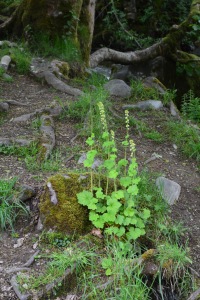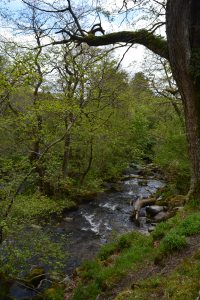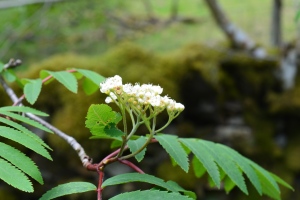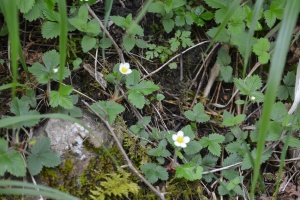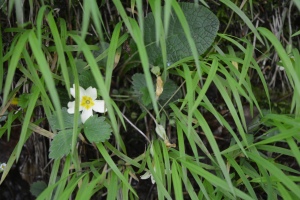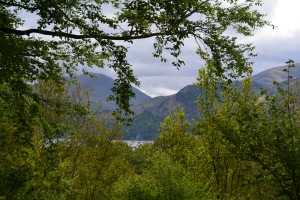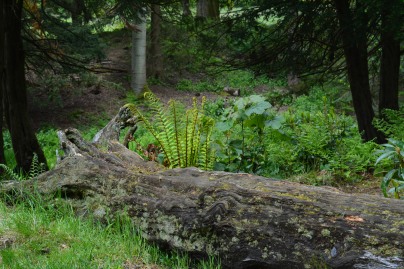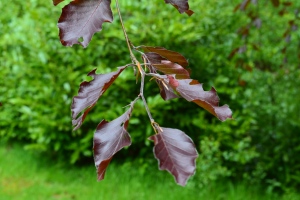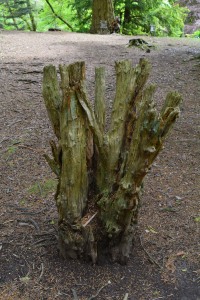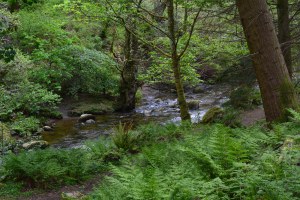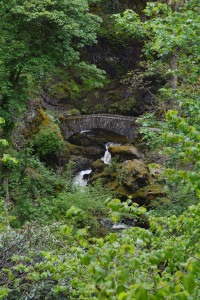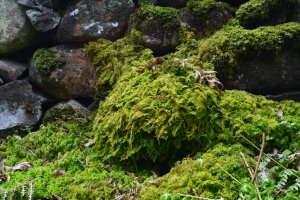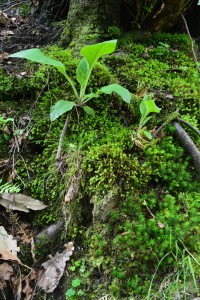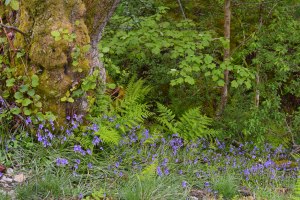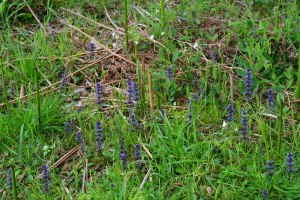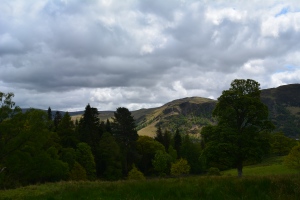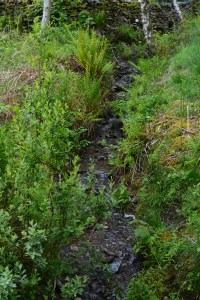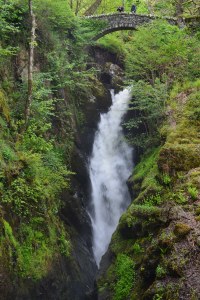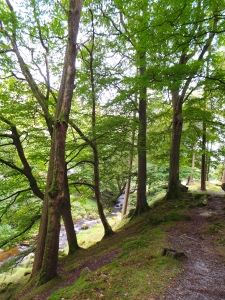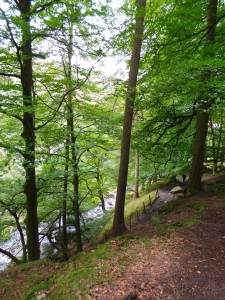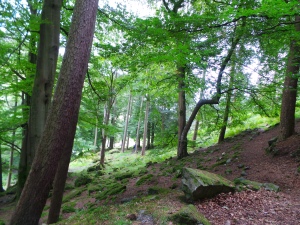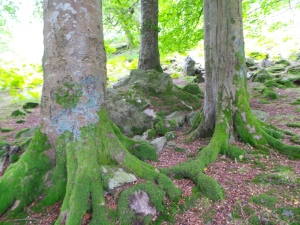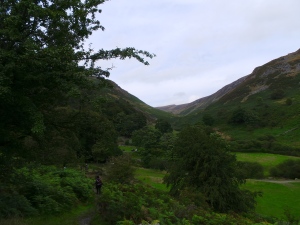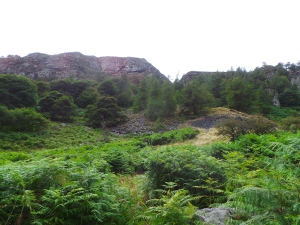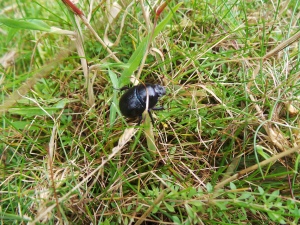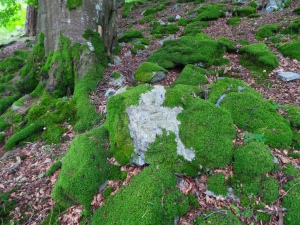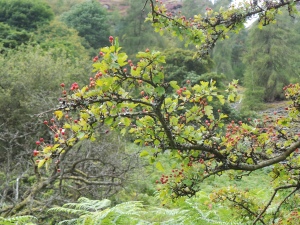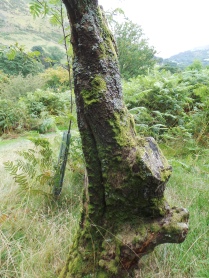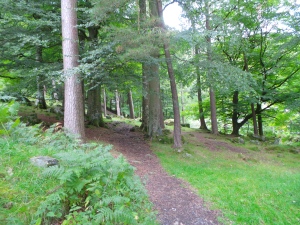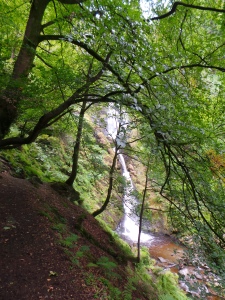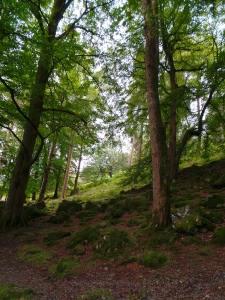Instead of my usual series of posts where we visit the same garden every month of the year, we have decided to look at two gardens one large and one small. This is because it is impossible to find another good garden that is open all year and easy to get to.
For the big garden we have chosen the National Trust’s Bodnant Garden in North Wales which we shall look at over the seasons and for the small garden we have chosen Wildgoose Garden and Nursery closer to home here in Shropshire which we shall visit each month during its open season.
To start this series I am going to look back at a visit we made to Bodnant back in May 2018 to give an idea of its beauty.
A final day out on our Anglesey holiday was to visit the gardens at Bodnant just slightly inland from the North Wales coast. It is a garden we have visited and enjoyed many times before and at all times of the year. The one strength of the garden is that is has so many different faces to be discovered and enjoyed.
In recent years a rectangular border alongside a tall stone wall has changed completely becoming a hot border, full of flowers and foliage the colours of fire. On a sunny day they really light up.
Directly opposite and in complete contrast is a formal area of low trimmed hedges holding together borders of tulips.
The Winter Garden at Bodnant is one of the best in the UK, and although superb in its special season, the winter, it is still an interesting garden in the summer.
The narrow gravel paths take us into the shady areas beneath mature deciduous trees. Bluebells added a blue mist to the rich green grassed areas.
What many visits make the journey to Bodnant for are the bright clashing colours of rhododendrons, azaleas and camellias. We however are not great fans of these acid loving bloomers, but here are a few shots for those who do.
An area of Bodnant gardens we have rarely reached over the years because of my mobility problems is the deep steep-sided valley with tall trees towering over a beautiful sparkling stream which meanders along its length. After recent surgery I can now manage to get down to this magical dingle. The magical atmosphere is created by the huge trees that tower above visitors who wander the gravel paths along the valley running close to a clear mountain stream, and on the banks beautiful bog and water loving plants grow happily. Primulas, hostas, ferns and Skunk Cabbage add colour and texture to the scene.
No doubt it won’t be long before this great garden is featured in another of my greenbenchramblings posts as we usually wander around its Winter Garden early in the year.












































